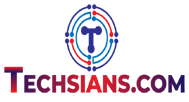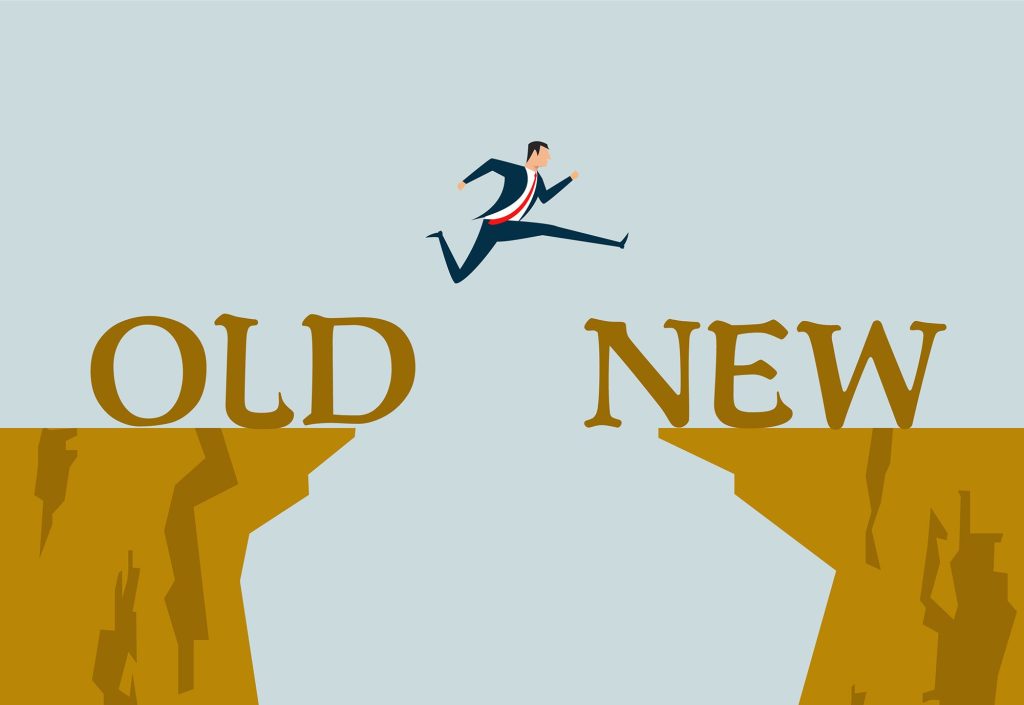Updating legacy systems and applications can be a daunting task. It can also be a costly and time-consuming process. However, there are several ways, including using the help of experts, that make the entire process easier and more efficient. In this article, we will discuss some of the best practices for updating legacy systems and applications.
First Things First, Where Do Experts Come In?
In the majority of situations, it is best to use the help of experts when attempting to update a legacy system or application.
That’s because these systems and applications often have complex code bases and require in-depth knowledge of how they work in order to be updated correctly.
Trying to update a legacy system or application without the help of application modernization and transformation services often leads to mistakes and problems that are difficult and costly to fix.
How to Go About the Update Process
Now that you know where experts come in, let’s take a look at the steps that you ought to follow during the actual update of a legacy system or application:
1. Assess Current System
The first step that you should take whenever you want to create a modern user experience with application transformation is to assess the current system and its requirements. This includes understanding the system’s current functionality and how it is used.
It is also important to identify any dependencies on other systems or applications. Once you have a clear understanding of the current system, you can begin to plan the updates.
2. Develop a Plan
The next step is to develop a plan for the updates. This plan should include an overview of the proposed changes, as well as a timeline and budget for the project.
It is important to be realistic when developing the plan. The goal is to update the system in a way that improves its functionality without breaking any existing dependencies.
3. Pick the Ideal Modernization Approach
There are several different approaches that you can use for modernizing a legacy system. The best approach depends on the specific needs of the system and its users.
Your goal should be to pick a modernization approach that helps you achieve your business needs in the most effective and efficient way. Here are some of the most common modernization options that you can consider:
- Encapsulate
- Replace
- Refactor
- Rehost
- Rebuild
- Replatform
- Rearchitect
Each of these options has its own advantages and disadvantages. As such, you need to carefully evaluate each option to determine which one is best for your specific system.
4. Implement the Changes
Once you have selected the ideal modernization approach, it is time to implement the changes. This process will vary depending on the chosen approach.
For example, if you are encapsulating the legacy system, you will need to use an API to enhance and extend the features of the legacy application.
On the other hand, if you are replacing the legacy system, you will need to migrate all of the data and functionality to the new system.
The key is to make sure that all changes are thoroughly tested before they are deployed to production.
5. Handle Your Data With Care
Your data is one of the most important assets of your business. As such, you need to take care of it when updating your legacy system. One thing that a majority of business owners are not aware of is that data loss is a more serious concern during the upgrade of legacy systems than it seems.
Be sure to back up all of your data before making any changes to the system. This will help you avoid any data loss in case something goes wrong during the update process. You want to ensure that your data management and migration strategy is well-tested, hence reliable.
That way, it will be easier to archive your data if, for example, you have chosen the rebuild approach, and then transfer the data effectively to your new system later on.
6. Document For Future System Growth
As your business grows, so will your need for new features and functionality in your legacy system. As such, you need to document the changes that you make during the update process.
This documentation will help you understand the current state of the system and make it easier to add new features in the future. It will also be helpful for other developers who may need to work on the system in the future.
There You Go
Six clear steps that you can follow when updating legacy systems and applications. By taking these steps, you can ensure a smooth and successful upgrade process.

